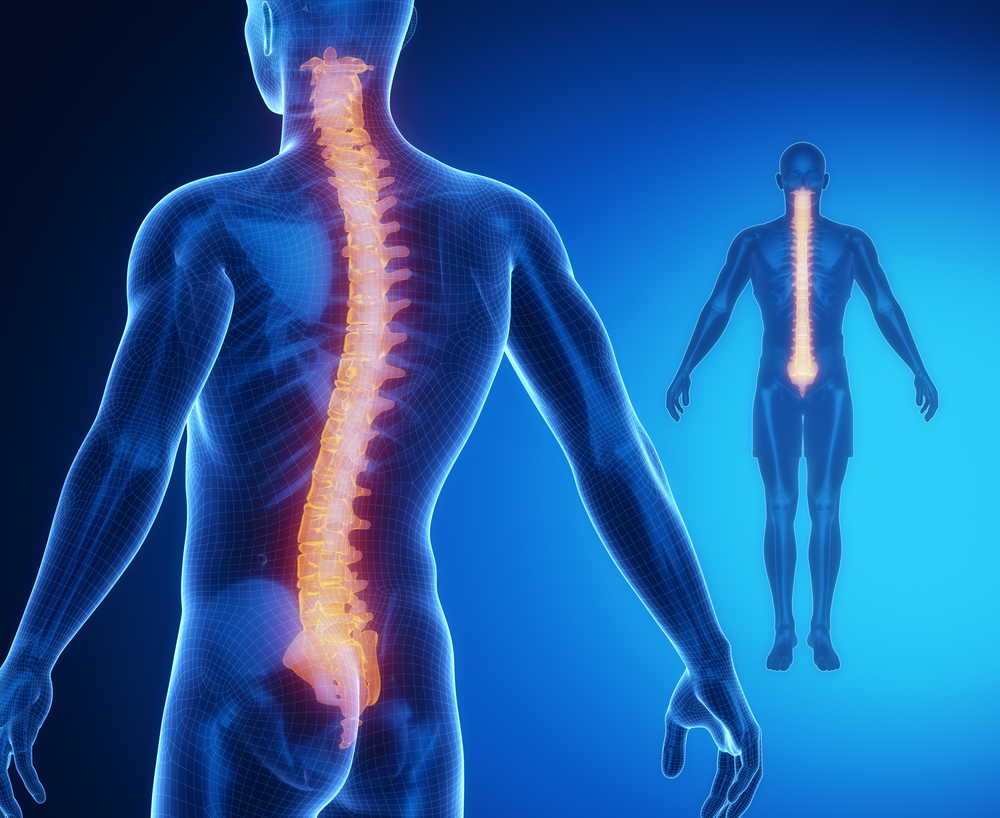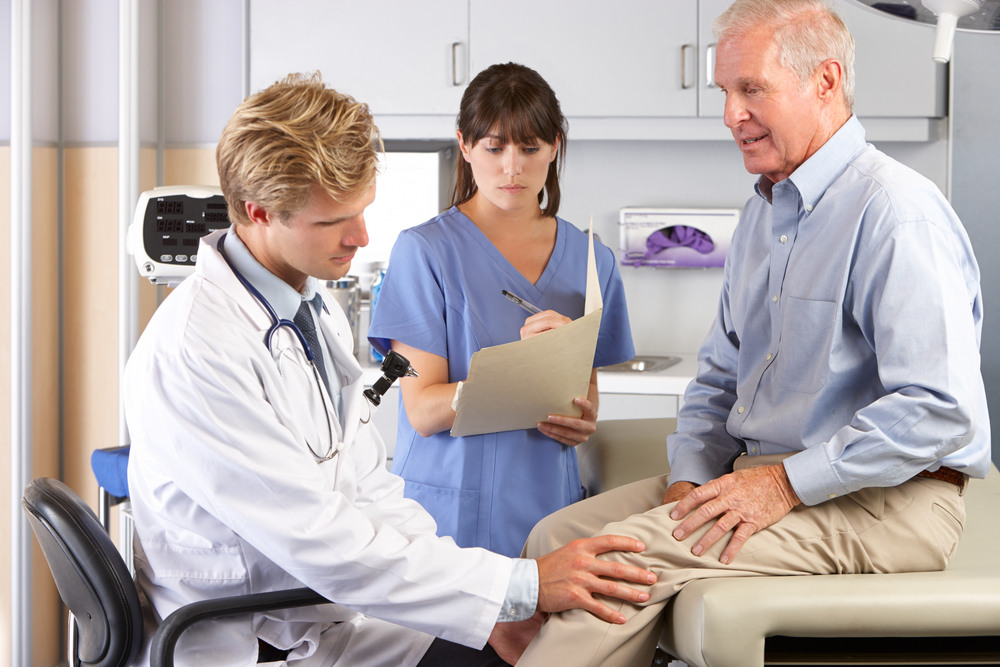Ankylosing Spondylitis is a type of arthritis. Ankylosing means stiff and rigid, while spondylitis means spine. It is an arthritis that causes inflammation in parts of the spine. There is no cure for this type of arthritis. Ankylosing spondylitis affects the sacroiliac joint, which is the connection between the spine and the pelvis. It plays a big role in your normal daily movement. It can also affect your shoulders, hips, knees, tendons and ligaments that attach to bones, and cause your vertebrae to fuse together. It is a progressive disease. Early diagnosis and treatment can be essential in stopping long term side effects. Ankylosis is also known as axial spondyloarthritis. If the doctor is unable to see the Ankylosing spondylitis on an X-ray but it is confirmed with other testing it is known as non radiographic axial spondyloarthritis.
The first stage of this progressive disease is when you first start to feel back pain and stiffness. You may also experience pain in the neck and fatigue. The next stage your pain starts to worsen along with other symptoms. Pain and stiffness starts to move up the spine. Bones start to fuse as well as ligaments and tendons start to be affected and you may notice that you are even more fatigued. The advanced stage of Ankylosing spondylitis the joints and spine start to fuse, your movement is limited, and your lower back may start to curve.
Symptoms
Symptoms usually start to present themselves in early adulthood. The first symptom that usually appears is lower back pain or stiffness. Next you may start to develop pain in your hips, buttocks, neck, abdominal, and shoulders. You may experience stiffness in your rib cage. Other symptoms include a rigid spine that may start to curve, tiredness, swelling in joints, a skin rash, shortness of breath, fatigue, unexplained weight loss, diarrhea, and vision problems.
Causes
The actual cause of Ankylosing spondylitis is unknown. It is an autoimmune disease. Which means that the immune system attacks your own body. There is a link between a genetic mutation and Ankylosing spondylitis, so it may be caused by genetics. You are at a higher risk of having this type of arthritis if you have a close family member who also suffers from it. Anyone can develop it. You are at a higher risk if you are under the age of 40 years old, and born male. Conditions that can raise your risk of Ankylosing spondylitis are Crohn’s disease, Ulcerative colitis, and psoriasis.
Complications
There are lots of different complications that can be caused by Ankylosing spondylitis. It can cause fused vertebrates, kyphosis, and osteoporosis. It can cause eye and vision issues, and nerve damage. It can even lead to heart problems like aortitis, arrhythmia, and cardiomyopathy.
Diagnosis
Low back pain can be caused by many things so diagnosis may take some time to get to. Ankylosing spondylitis may not be the first thing your doctor may be considering as the cause of your back pain. In some cases Ankylosing spondylitis can be viewed on an X-ray. If you have non radiographic axial spondyloarthritis then it will not show up on an X-ray. An MRI may be able to show how progressed the disease is. Your doctor may also suggest some blood tests, such as a genetic test to check with the linked mutation gene. After you are diagnosed you may be referred to a rheumatologist. This is a specialist that specializes in arthritis.
Treatment
There is no cure for Ankylosing spondylitis. The main goal of treatment is to relieve pain, stiffness, and to prevent or delay any complications or spinal deformity. Some of the complications and spinal deformity cannot be reversed. Medicines are an option for treatment. Non steroidal anti inflammatory medications can be used to help relieve inflammation, pain, and stiffness. The trouble with taking these long term is they may cause gastrointestinal bleeding. Other medications that have been used in treating Ankylosing spondylitis are tumor necrosis factor blockers, and interleukin-17 inhibitors.
Another aspect of treatment is physical therapy. Physical therapy can help relieve pain, improve strength, and improve flexibility. Your physical therapist will teach you range of motion and stretching exercises. Strengthening of abdomen and back muscles. They will also help you find the best sleeping and walking positions. Surgery is not usually a treatment option unless in severe cases. This will be done if there is severe pain or if a hip joint is damaged.
Early treatment is key to stop permanent damage that can occur.
Sources:
https://www.hopkinsmedicine.org/health/conditions-and-diseases/ankylosing-spondylitis
https://www.mayoclinic.org/diseases-conditions/ankylosing-spondylitis/symptoms-causes/syc-20354808
https://my.clevelandclinic.org/health/diseases/ankylosing-spondylitis
https://www.webmd.com/ankylosing-spondylitis/what-is-ankylosing-spondylitis









